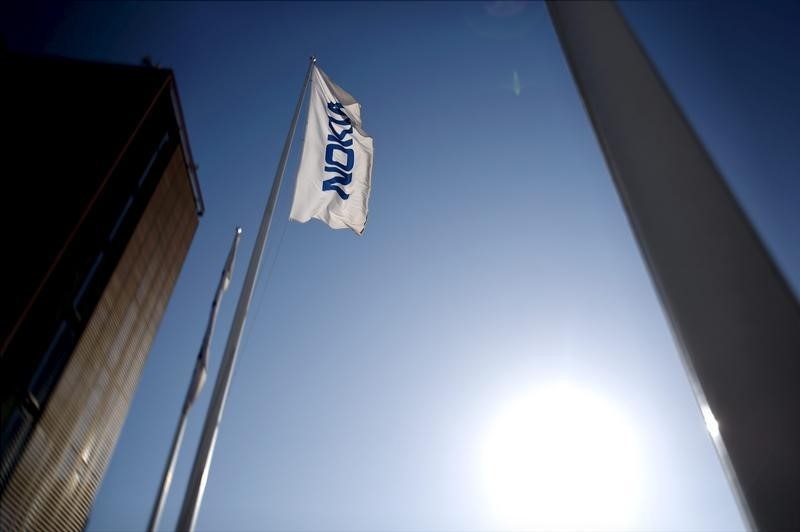China’s Xi speaks with Trump by phone, discusses Taiwan and bilateral ties
Investing.com -- Nokia announced plans to invest $4 billion to expand its U.S. research and development and manufacturing capabilities in collaboration with the Trump administration.
The investment, which will be spread over multiple years, comes in addition to Nokia’s $2.3 billion investment in U.S. manufacturing, R&D, and AI connectivity through its purchase of Infinera. Infinera had previously announced a $456 million investment for two U.S. manufacturing facilities, which received CHIPS Act incentives.
Approximately $3.5 billion of the new investment will be directed toward R&D, focusing on advancing next-generation connectivity and AI technology across all network facets, including mobile, fixed, IP, optical, data center networking technologies, and mission-critical/defense solutions.
The remaining $500 million will fund capital expenditures in manufacturing and research facilities across Texas, New Jersey, and Pennsylvania.
"Nokia’s $4 billion investment is another Trump administration win for America," said Secretary of Commerce Howard Lutnick. "Their investment in manufacturing, packaging, and R&D for optical chips means the most innovative technologies that power AI, data centers, and critical national security applications will be developed and built here in the U.S.A."
The investment plan aims to strengthen Nokia’s AI-optimized networking solutions and advance R&D in technologies such as automation, quantum-safe networks, semiconductor manufacturing, testing, packaging, and material sciences.
Nokia President and CEO Justin Hotard stated that the expanded investment will "help strengthen the nation’s capacity to deliver greater security, productivity, and prosperity through AI-optimized connectivity at scale."
The company plans to continue creating groundbreaking technologies in the U.S., building on the legacy of its Nokia Bell Labs headquartered in New Jersey, which has pioneered innovations from the transistor to advancements in digital communications and AI over the past century.
This article was generated with the support of AI and reviewed by an editor. For more information see our T&C.
